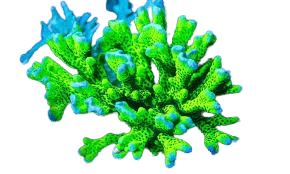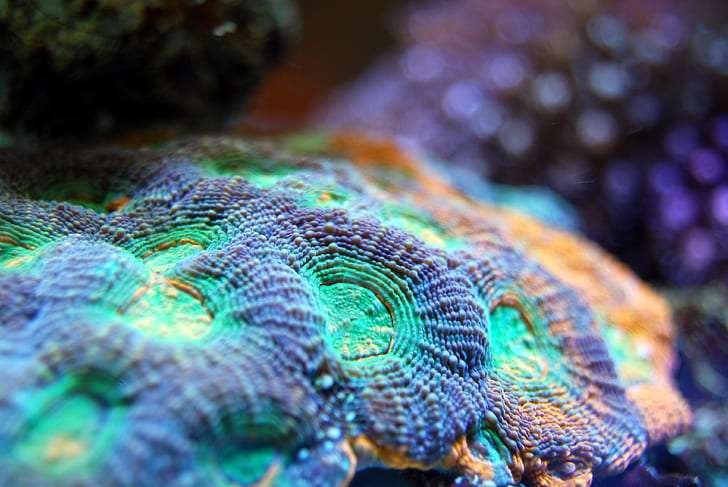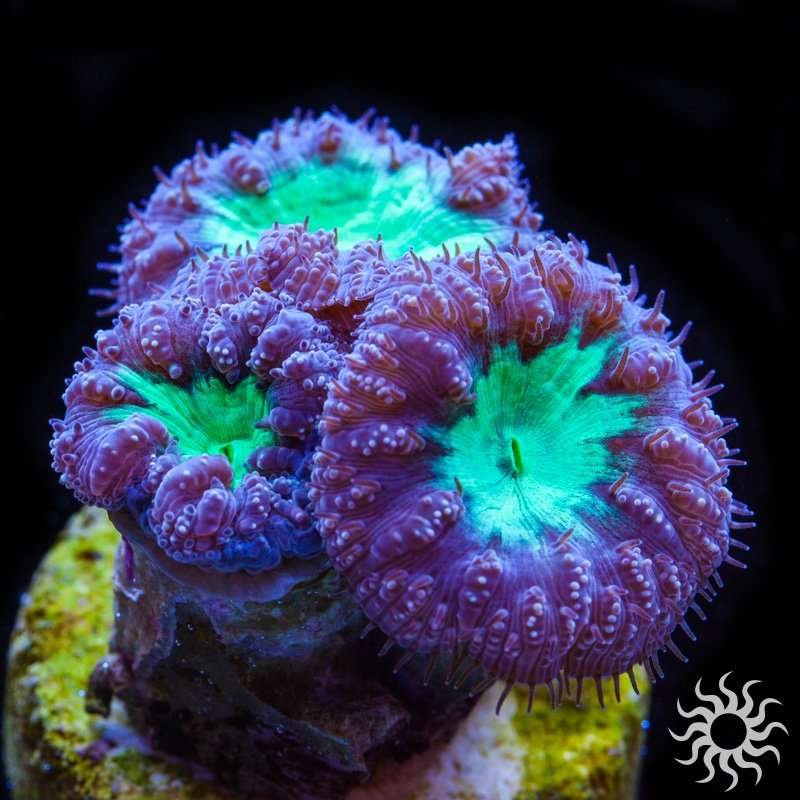How to Start With SPS Corals

Small polyped stony corals (SPS) build most of the world’s coral reefs. They do this by stacking branches and plates to make tall structures that can stretch for miles. They are the most well-known sign of the reef setting. Many SPS species used to be thought to be too fragile to keep in home aquariums, but now, with some patience and modern technology, it’s possible to make a beautiful SPS-dominated tank full of bright colors, which many reefkeepers see as the ultimate goal of the sport.
If you’re interested in keeping SPS corals because they are so pretty, there are some things you should know, even if you have kept other hard corals before. This short guide will go over the basic things you need to do to take care of these corals, with a focus on keeping the reef factors stable, which is very important for their health.
The body
A small polyped stony coral is made up of a tall structure made up of many animals known as polyps. When these polyps grow out from the basal plates at the base of each polyp, they leave behind their skeletons in the form of aragonite (calcium carbonate).
This connects the polyps together. More aragonite is added to the skeleton as each polyp grows, making it larger and longer. The growing rate, which is affected by the coral and the water conditions in its host tank, can change how thick the skeleton is. SPS polyps can eat food, even though they are very small. They easily eat small particles of food, which are then dragged into the mouth of the polyp, which is an oral disc in the middle, and then to the gut, where the food is broken down.
It is important to note that all SPS corals are photosynthetic, which means they live in harmony with Zooxanthellae, a type of dinoflagellate algae. SPS corals are different from other corals because they usually live in places with a lot of light. Because of this, they can control the amount of Zooxanthellae in their tissue more easily than other corals. When they are healthy, the proteins that give them color fill in the empty spaces. This makes them the most colorful corals in the ocean, with a beautiful range of colors that never ends.
SPS Corals with Color
SPS corals tend to tightly control the amount of tissue they have. This leads to a stunning range of color changes and mutations in both wild reefs and marine aquaculture. Such names as “Superman Montipora,” “Forest Fire Digitata,” and “Strawberry Shortcake” show how different they are. When SPS corals are healthy, a reef tank full of them can be a bright explosion of color that looks a lot like a picture. It is important to keep in mind, though, that the color of a single SPS colony might change over time. It is known that Acropora can change color dramatically, especially when moving from one system to another, because the factors and lighting are different.
Things Needed for Care
Unstable or not enough water factors are one of the main reasons why SPS corals lose their color. A lot of SPS corals, mainly Acropora, will show that they are in trouble by turning brown, dying white, or quickly losing tissue (stripping). For SPS corals to stay healthy over time, it is also important to keep salinity levels stable and make sure that the reef foundation factors are controlled correctly.


